Prestone AF3300 Prime Green Silicate 50/50 Antifreeze – 1 Gallon
Prestone Prime Green Antifreeze/Coolant is an ethylene glycol based product which meets or exceeds ASTM requirements for use in cars, light-duty trucks, and heavy-duty trucks. It contains inhibitors to prevent rust and corrosion for all cooling system metals including aluminum. Prime 50/50 Prediluted Green Antifreeze/Coolant can be used to top off product in both automotive and heavy-duty vehicles. This pre-mixed Green product contains demineralized water to prevent hard water deposits and scale build-up that can occur with the use of ordinary tap water. It protects all metals, including aluminum, and will not harm rubber parts. Meets or exceeds automotive and heavy-duty fleet performance requirements for ASTM D-3306, ASTM D-4985. Recommended for all automobiles as well as light- and heavy-duty vehicles, farm, off-highway, and marine engines; for heavy-duty applications, the use of Supplemental Coolant Additives (SCAs) is recommended (see owner’s manual). When used as directed, Prime G
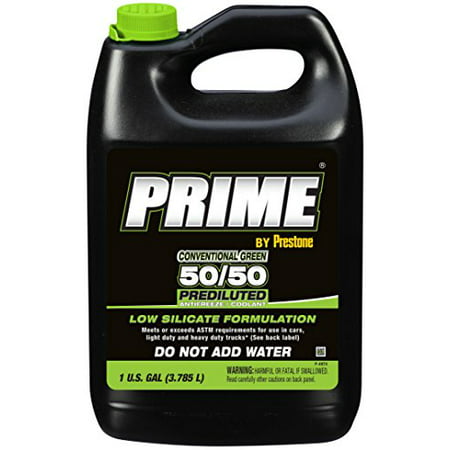
Prestone Prime Green Antifreeze/Coolant is an ethylene glycol based product which meets or exceeds ASTM requirements for use in cars, light-duty trucks, and heavy-duty trucks. It contains inhibitors to prevent rust and corrosion for all cooling system metals including aluminum. Prime 50/50 Prediluted Green Antifreeze/Coolant can be used to top off product in both automotive and heavy-duty vehicles. This pre-mixed Green product contains demineralized water to prevent hard water deposits and scale build-up that can occur with the use of ordinary tap water. It protects all metals, including aluminum, and will not harm rubber parts. Meets or exceeds automotive and heavy-duty fleet performance requirements for ASTM D-3306, ASTM D-4985. Recommended for all automobiles as well as light- and heavy-duty vehicles, farm, off-highway, and marine engines; for heavy-duty applications, the use of Supplemental Coolant Additives (SCAs) is recommended (see owner’s manual). When used as directed, Prime Green Antifreeze/Coolant provides full protection for a minimum of one year.

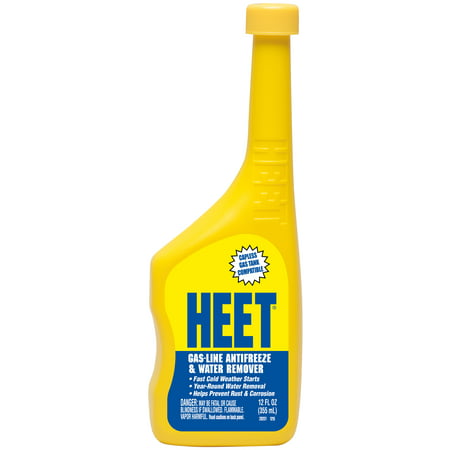
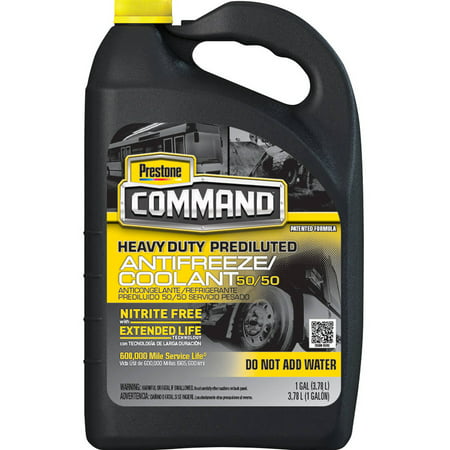
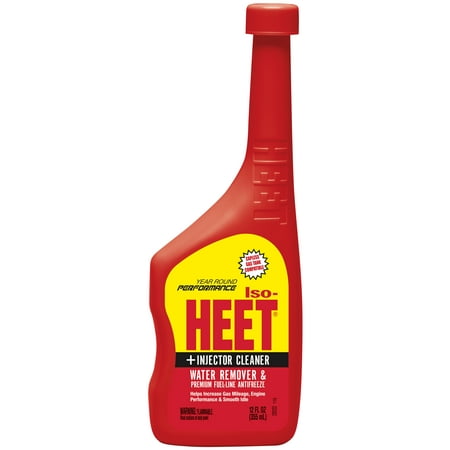
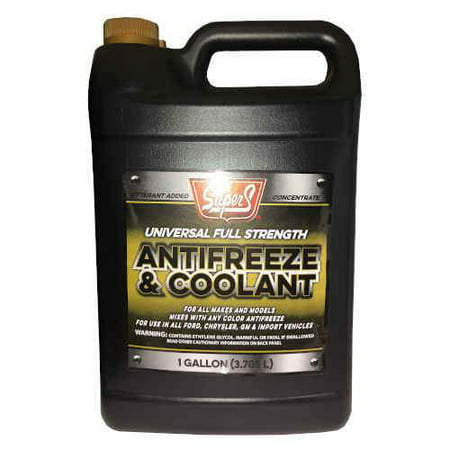
Reviews
There are no reviews yet.